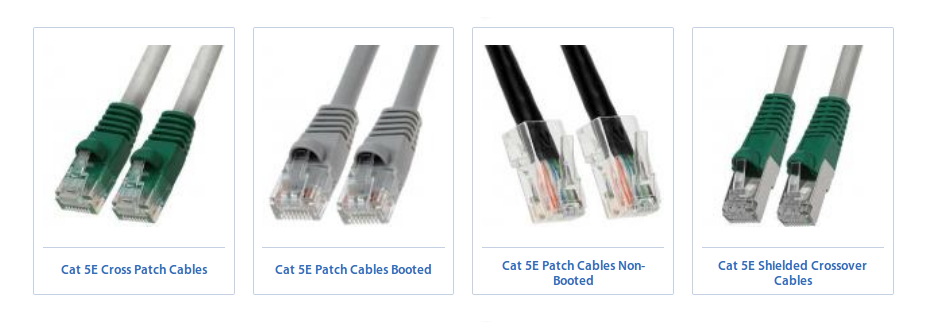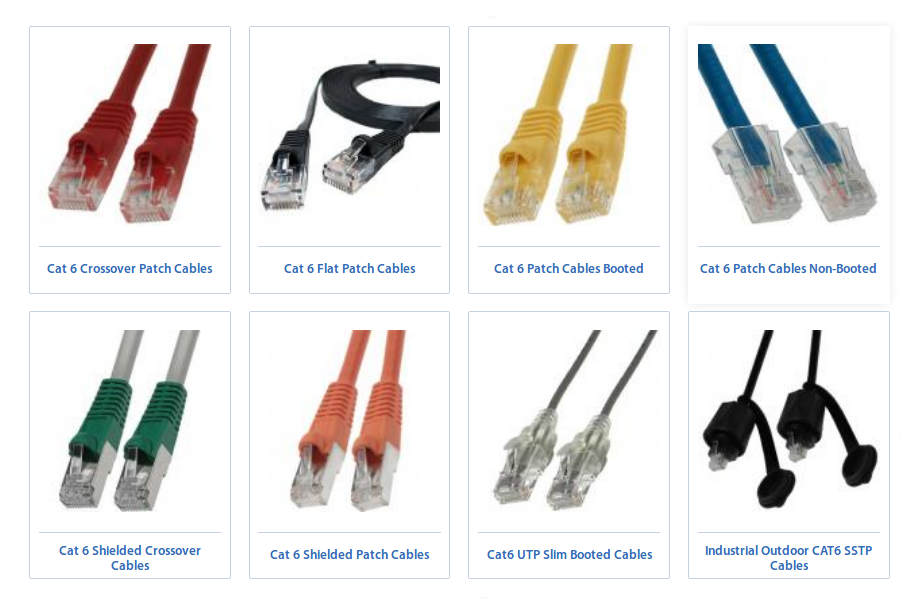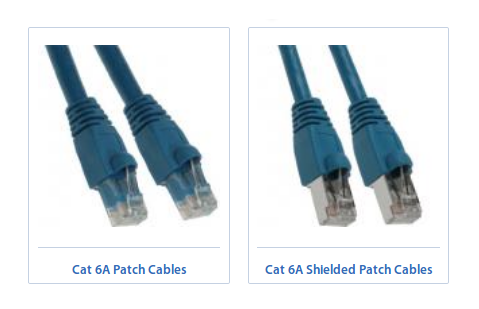CAT 5E, CAT6 and CAT6A : Which One Is Best?
Choosing from amongst Category 5e, 6 and 6a cables has been difficult for a lot of people. Whenever you decide to purchase one of these for your Ethernet network, several factors like data transfer speed, connection distance and costs that have to be considered.
Each of these cables has a different standard. Let us understand how and why.
CAT5E Cables

Although CAT 5E cable is cheap, it is quite slow. CAT 5E offers data transfer speeds of One Gbps per second at 100 MHz up to 328 feet. There is a lesser interference and a lesser chance of transmission error in these cables. This is majorly because the crosstalk amongst the wires within the cable remains under control. These cables will definitely offer a good quality performance for the applications used in today’s age. But when you use Cat5e, there are lesser chances for upgrading in a long run.
CAT 6 Cables

Needless to say, CAT 6 cable is more expensive and faster than CAT 5E. However, it is not very efficient when it comes to covering very long distances. As CAT6’s insulation has been enhanced, it can support data transfer speed of up to 10 Gbps at 250 MHz with no crosstalk interference. But 10 Gbps speed is effective only up to 164 feet. Despite of this limitation, CAT6 cables are more capable in handling the speed of Gigabit Ethernet networks. In future, there is a possibility that Cat6 might replace HDMI as the video/audio transmission tool.
CAT 6A Cables

If you want to have an efficiently running Gigabit Ethernet network, Cat 6a cable is the best option. It might be more expensive as compared to Cat5e or Cat6. But as and when you connect it to your device, your network will become more advanced and technology friendly. Cat6A supports the same transmission speed as Cat6, but up to 328 feet and with less crosstalk than Cat6.
On a final note
Make all of the above mentioned considerations while choosing from CAT 5E, CAT 6 and 6A cables. You can also buy all these cables online after going through all the features. Keep in mind that the speed of network transmission depends on the important elements of your network. Also remember that having a faster cable doesn’t mean that it is competent of achieving Gigabit speeds.
The costs of data usage go up every 18 months. Although Cat5E can offer the kind of performance you want, it has become a little outdated. Hence, it is better to future-proof your network using Cat6 or Cat6A cables. Make your choice wisely!



Comments
Post a Comment